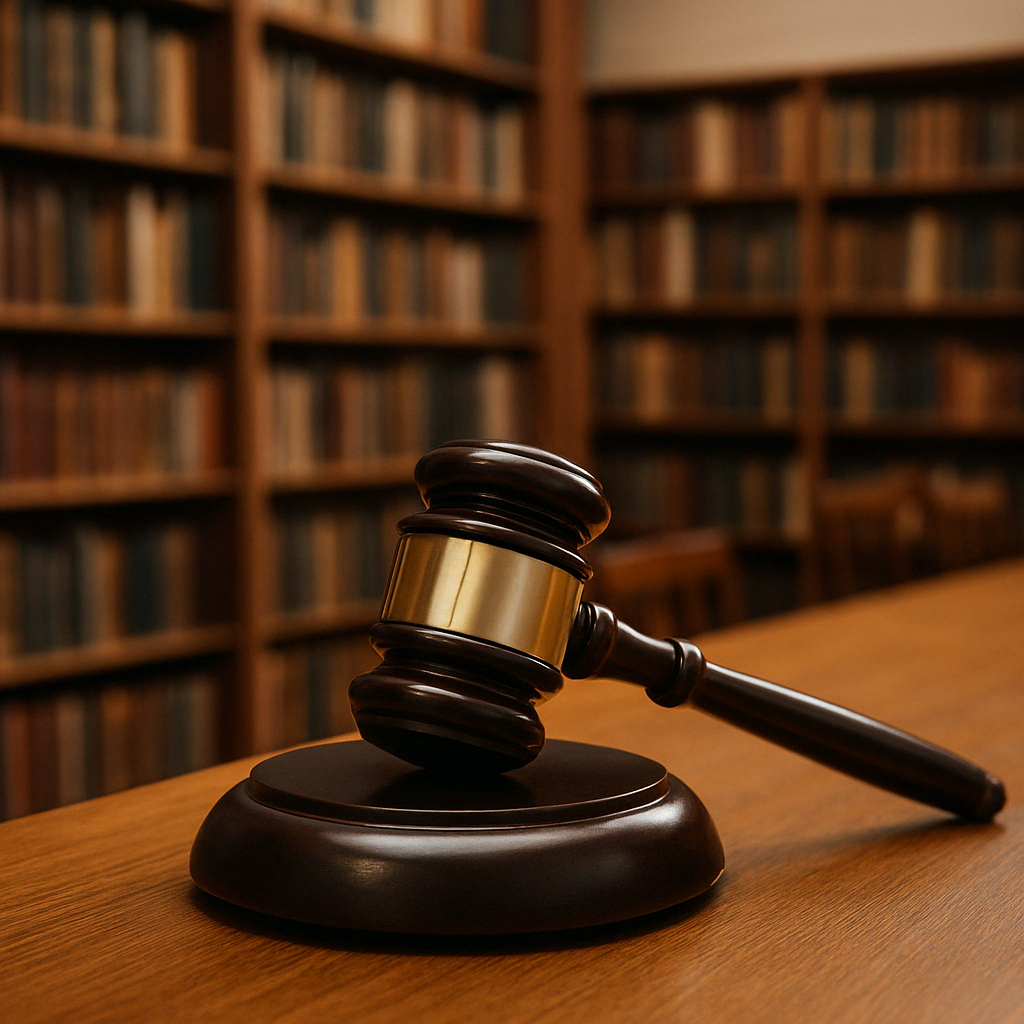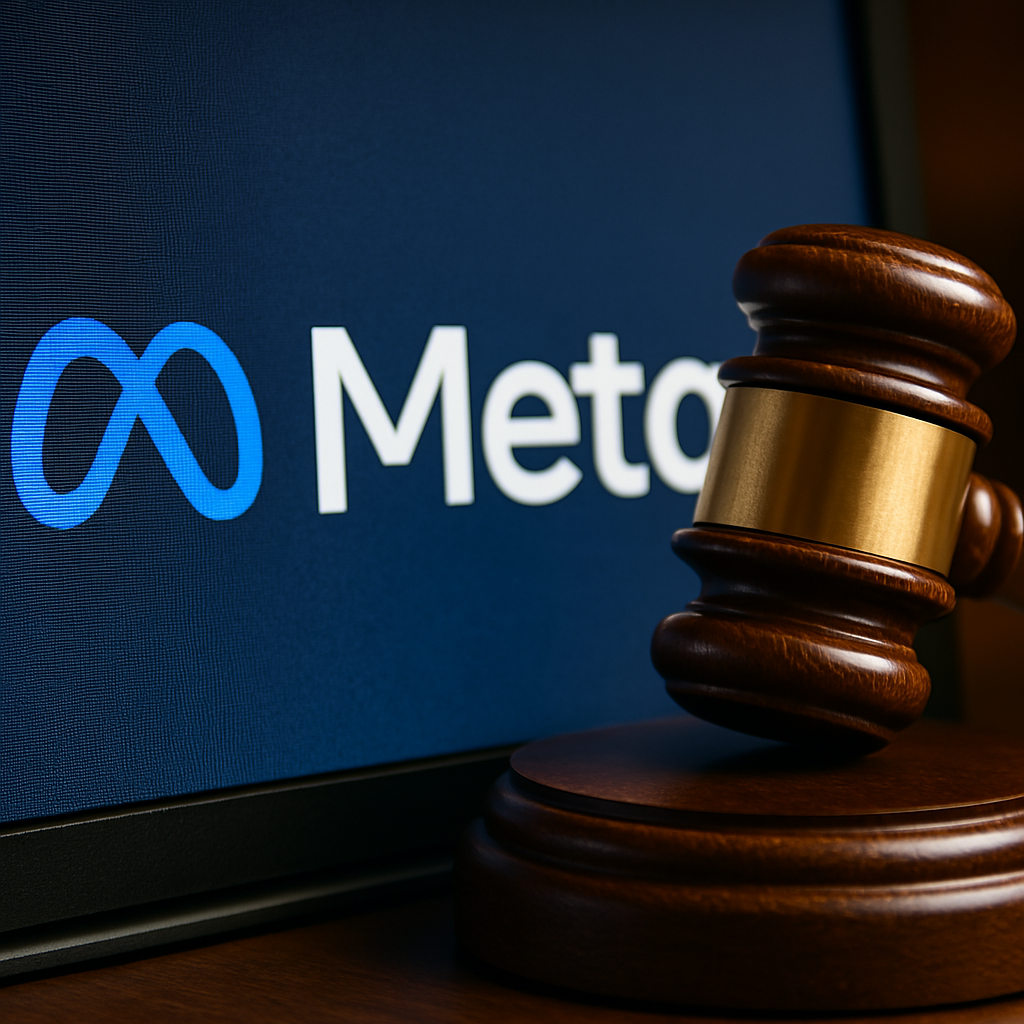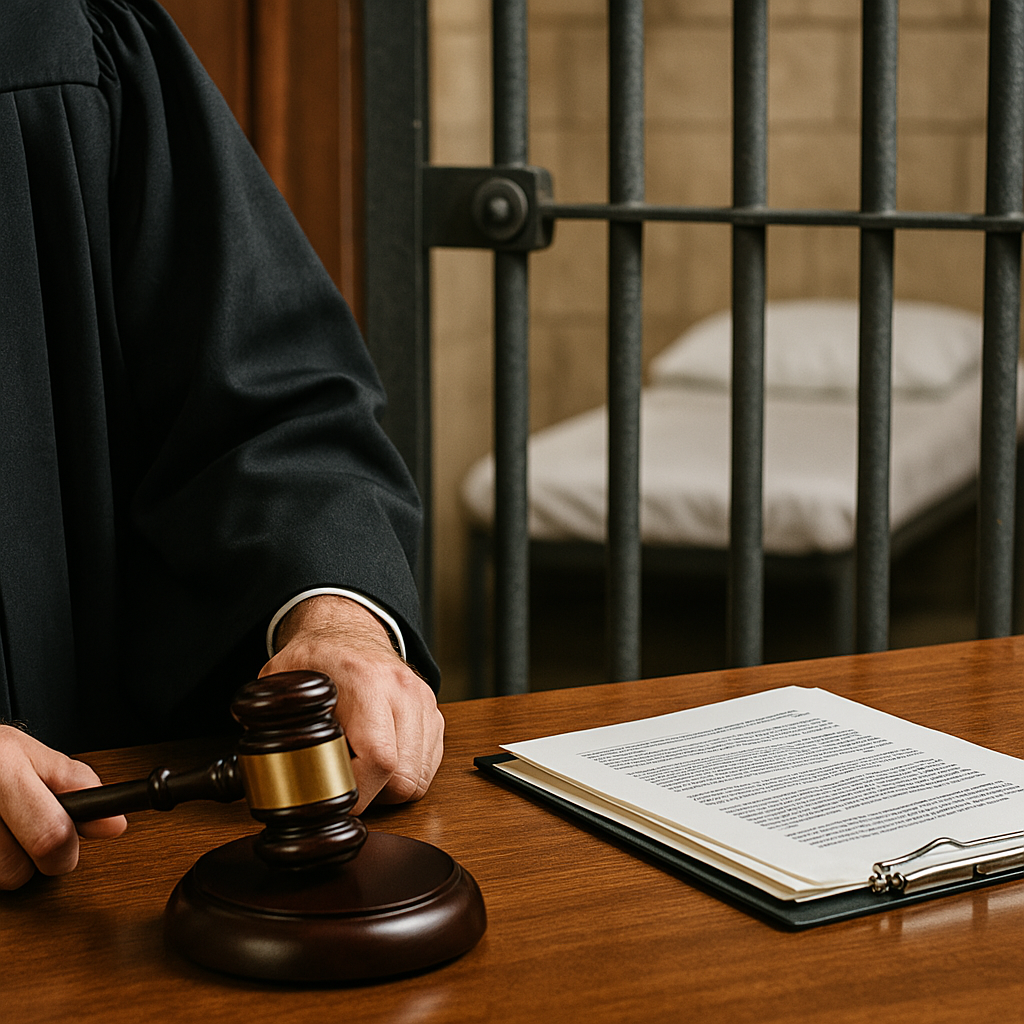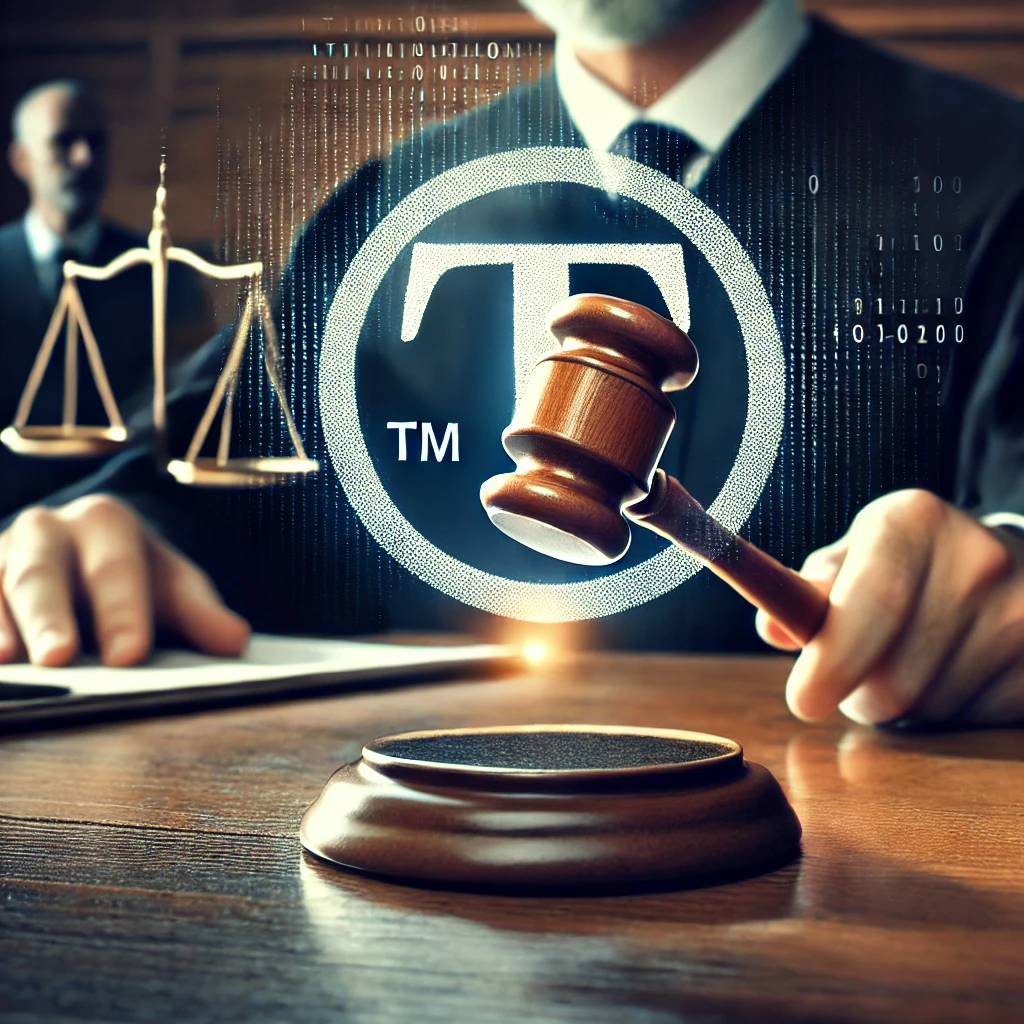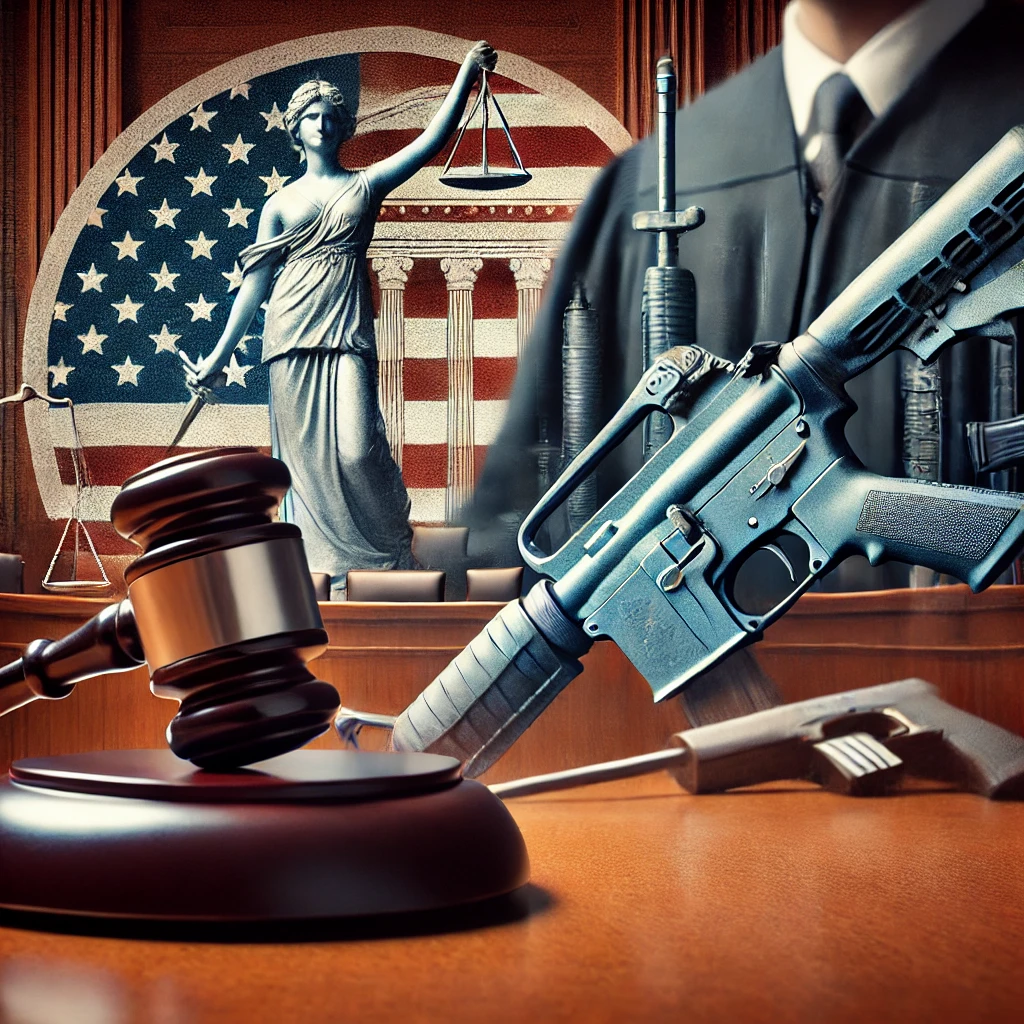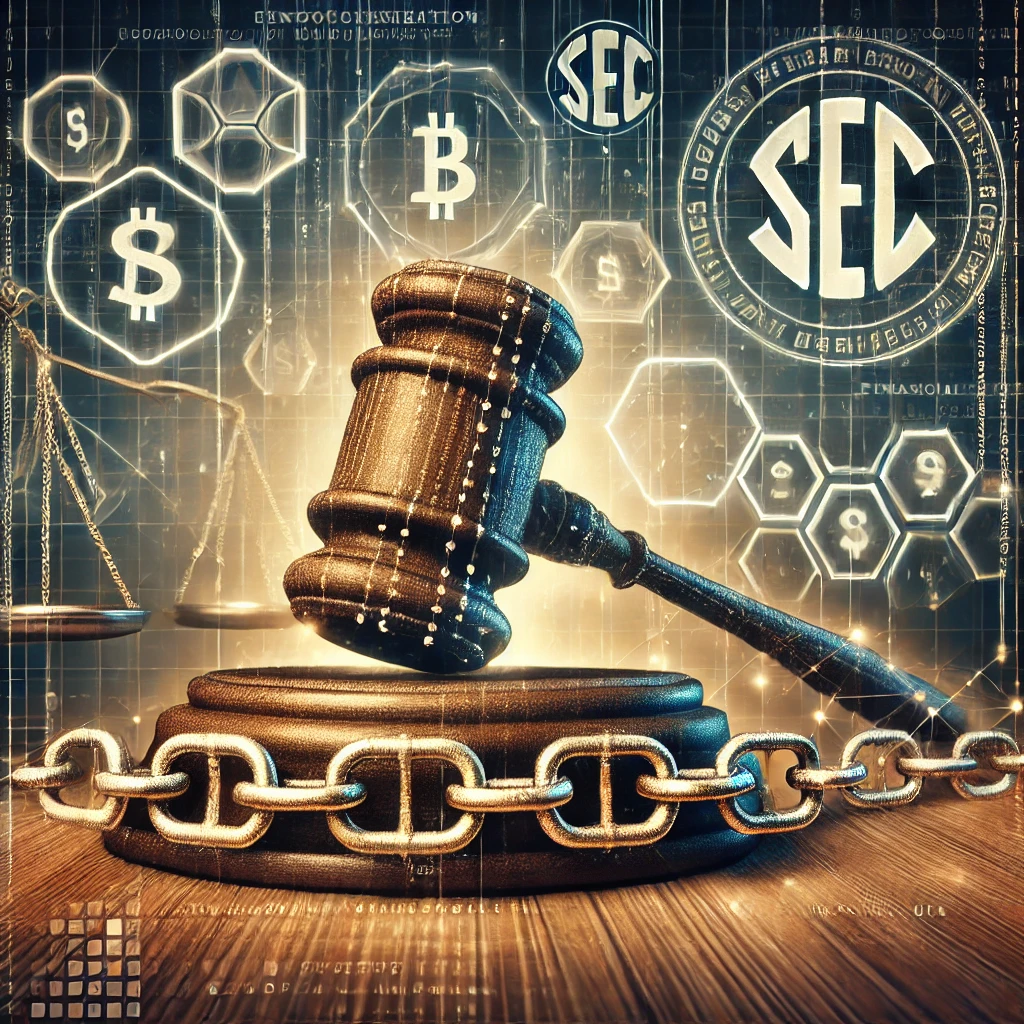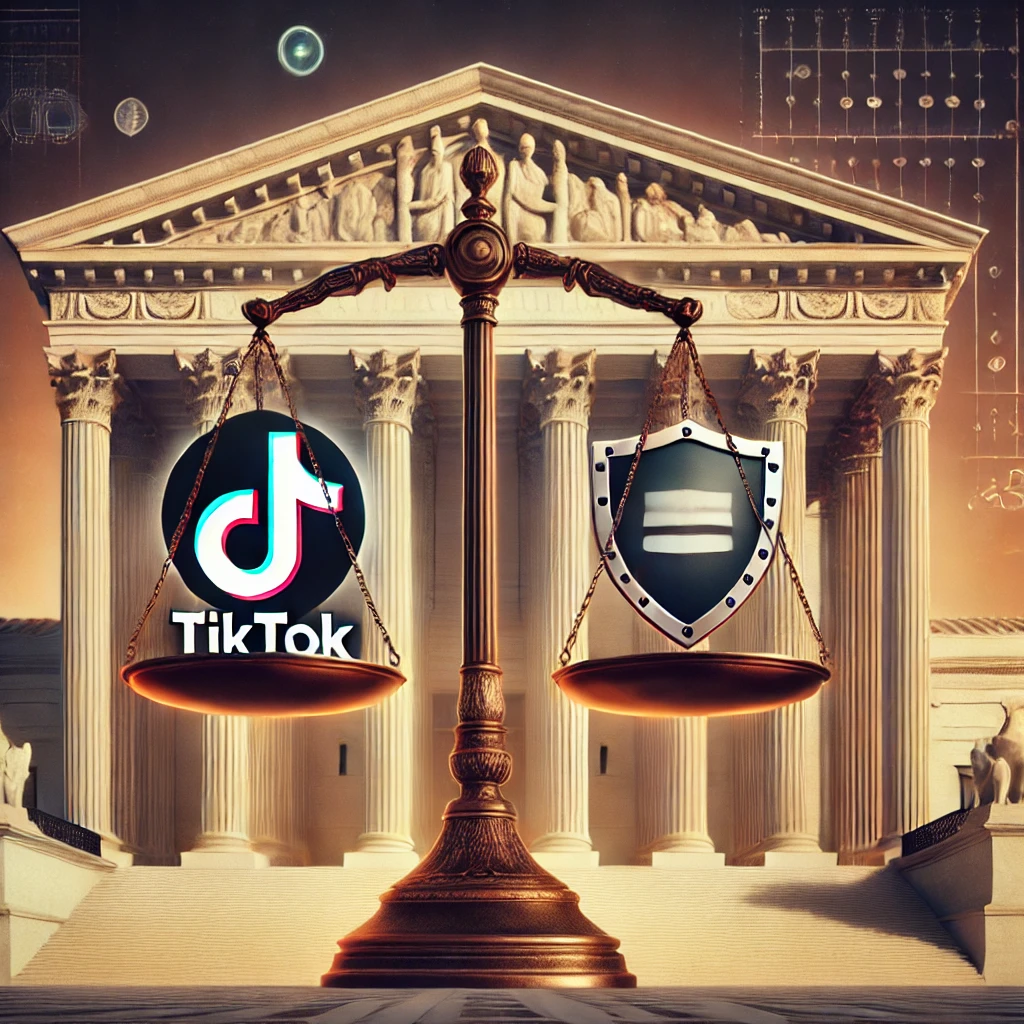Genazzano College Ordered to Pay Library Worker for Back Injuries from Unsafe Conditions
Genazzano College has been ordered to pay a former library worker a total of $350,000 after two separate back injuries sustained on the job were found to be caused by unsafe workplace conditions. The County Court ruled that the college failed to provide a safe working environment, and that its negligence directly contributed to the worker’s long-term injuries.
The plaintiff, who worked as a librarian at the all-girls Catholic school, filed the lawsuit following incidents in 2018 and again in 2020. In both cases, she claimed that the repetitive tasks and lack of proper ergonomic equipment caused significant strain on her back. She had complained to school management multiple times, but no effective action was taken to address her concerns.
The court found that in 2018, the worker injured herself while repeatedly lifting and moving heavy stacks of books without proper support or training. In 2020, a second injury occurred while she attempted to reach materials placed on an improperly arranged shelving unit. Medical reports presented during the trial confirmed that the injuries were serious and contributed to chronic pain and limited mobility.
Judge Belinda Wallington ruled that the school had failed in its duty of care, stating, “The employer neglected to take reasonable steps to ensure the worker’s safety despite clear indications that the working conditions were physically harmful.”
The damages awarded included $100,000 for the 2018 injury and $250,000 for the 2020 incident. The compensation covers medical expenses, ongoing physical therapy, pain and suffering, and loss of earning capacity. The former employee, who has since been unable to return to work, expressed relief at the ruling and hoped it would draw attention to the importance of workplace safety in educational institutions.
Legal experts say this case highlights the importance of employers addressing occupational health risks proactively. Personal injury claims resulting from repetitive strain or ergonomic negligence are becoming more common, particularly in environments like schools and libraries where physical labor is often underestimated.
Employment law attorney Rachel Westbrook noted, “Many employers overlook the risks associated with repetitive tasks or non-adjustable workspaces, but these conditions can lead to serious injuries over time. This ruling reinforces the employer’s obligation to assess and mitigate physical hazards before they result in harm.”
Workplace safety advocates are urging educational institutions to take a closer look at their risk management policies. Recommendations include routine assessments of staff workstations, regular training on safe manual handling, and prompt action when employees report discomfort or pain related to their duties.
Genazzano College issued a statement expressing sympathy for the injured worker but did not indicate whether it plans to appeal the ruling. The school also announced a review of its workplace safety procedures to prevent future incidents.
For the plaintiff, the outcome is both a financial and symbolic victory. “I just wanted to be heard,” she said. “I loved my job, but the pain made it impossible. I hope other workplaces learn from this.”
As personal injury lawsuits become more visible across multiple industries, this case may encourage both public and private sector employers to revisit how they protect workers—especially in non-obvious physical roles like librarianship.

